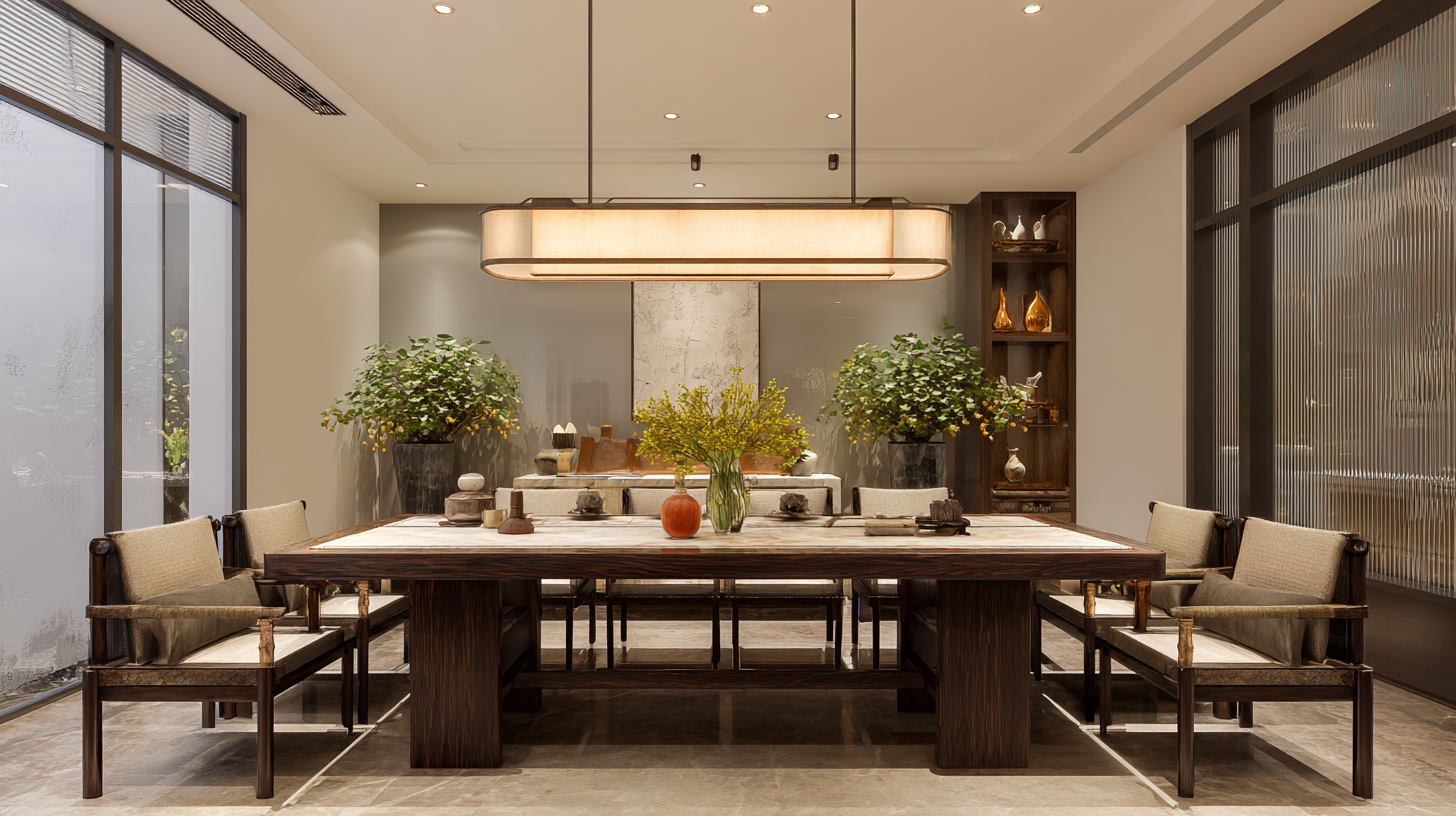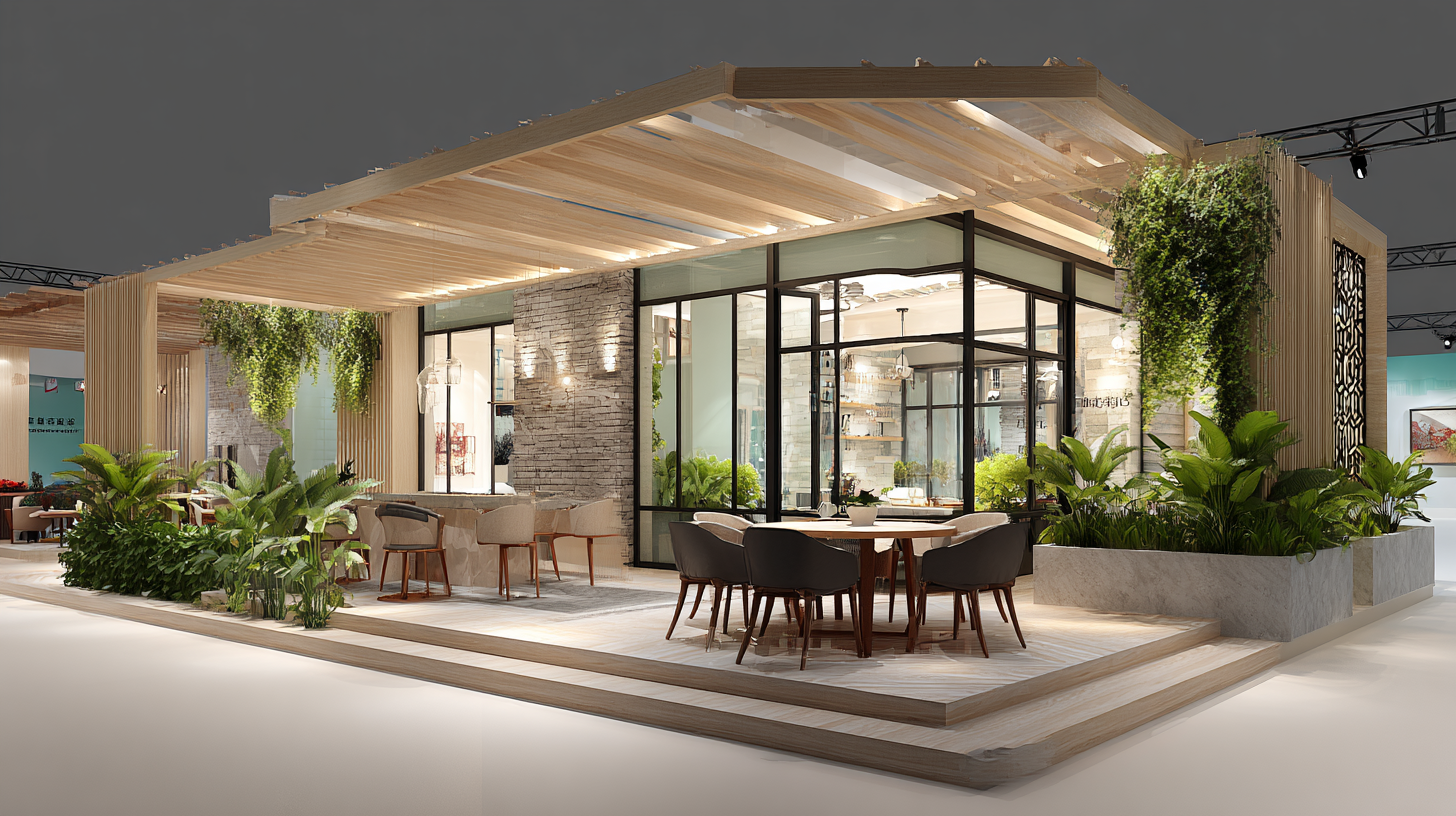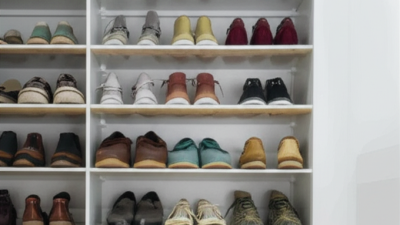As the 138th China Import and Export Fair approaches in 2025, the dining table industry is poised for significant growth driven by evolving consumer preferences and market dynamics. According to a recent market report by Research and Markets, the global dining table market is expected to reach USD 27.89 billion by 2027, growing at a CAGR of 4.6% from 2020. This growth is partly fueled by increased urbanization and a rising trend in home dining, as more consumers seek stylish and functional furniture to enhance their living spaces. Furthermore, the surge in e-commerce has revolutionized how dining tables are marketed and sold, providing manufacturers with broader access to consumers. The upcoming fair will serve as a vital platform for showcasing innovative designs and sustainable materials that are redefining the dining experience, making it crucial for industry players to engage actively and capitalize on emerging trends in the dining table sector.

As the 138th China Import and Export Fair approaches, the dining table industry is poised for significant growth. In 2025, market trends indicate a shift towards sustainable and multifunctional designs, catering to the evolving preferences of consumers. Increasing urbanization and a rising middle class are driving demand for aesthetically pleasing yet practical dining solutions that fit in with modern lifestyles.
Moreover, advancements in technology are influencing production techniques and materials. Eco-friendly materials, such as bamboo and recycled wood, are becoming more popular, reflecting a broader trend towards sustainability. The integration of smart technology into dining tables, enabling features like built-in charging ports and adjustable configurations, is also expected to gain traction. These innovations not only enhance functionality but also appeal to tech-savvy consumers looking for convenience and style in their home furnishings.
As the 138th China Import and Export Fair approaches in 2025, the dining table industry is set to showcase a plethora of innovations and design trends. Key players in the market, such as IKEA, Steelcase, and La-Z-Boy, are expected to dominate the landscape with their sustainable materials and multifunctional designs, catering to the growing demand for versatile living spaces. According to a recent market report, the global dining table market is projected to grow at a CAGR of 5.2%, reaching $15.6 billion by 2025, driven by increasing urbanization and changing consumer preferences.
Competitors are not only racing to improve aesthetics but are also focusing on technology integration into dining table designs. Brands are exploring smart tables that include features like wireless charging and built-in entertainment systems. A noteworthy competitor, Coalesse, has been recognized for its innovative approach, blending functionality with contemporary style, which aligns well with the current trends in home decor. Furthermore, a survey conducted by the International Furniture Fair (IFF) indicated that 68% of consumers prioritize sustainability when choosing dining furniture, urging producers to rethink their sourcing and manufacturing processes to maintain their market share.
As the 138th China Import and Export Fair approaches in 2025, the dining table industry is witnessing a transformative shift driven by emerging materials and innovative designs. Modern consumers are increasingly seeking not just functionality but also aesthetic appeal and sustainability in their dining furniture. This trend is reflected in the use of alternative materials such as bamboo, reclaimed wood, and even recycled plastics, which are being favored for their eco-friendly attributes and unique appearances. These materials not only enhance the visual appeal of dining tables but also resonate with the growing demand for sustainable living.

In terms of design, minimalism continues to dominate, with clean lines and versatile shapes becoming staples in contemporary dining settings. Manufacturers are exploring ergonomic designs that ensure comfort while maximizing space, catering to urban dwellers with limited living areas. Furthermore, the integration of technology is on the rise, with smart features like adjustable heights and built-in charging ports becoming increasingly popular. This fusion of aesthetics, sustainability, and functionality is propelling dining table innovations, making them a focal point in modern homes and contributing to a dynamic exhibit at the upcoming fair.
Understanding consumer preferences and demographics is essential for the dining table industry, especially in the lead-up to the 138th China Import and Export Fair in 2025. One of the primary factors influencing dining table sales is the growing trend towards multifunctional furniture. As urban living spaces become more compact, consumers are seeking versatile dining tables that can accommodate various needs, from dining to working or entertaining guests.
Tips for marketers include focusing on the flexibility of designs that cater to smaller spaces while still providing comfort and style. Additionally, incorporating sustainable materials in dining table production can attract environmentally conscious consumers. The rise of remote work has also shifted demographic needs, leading younger professionals to prioritize modern aesthetics and functionality.
Another significant trend is the emphasis on personalized dining experiences. Consumers are increasingly interested in tables that reflect their unique styles and preferences, underscoring the importance of customizability in dining table offerings. Brands should consider integrating modular options, allowing customers to adapt their dining spaces according to their evolving lifestyle demands.
| Demographic Group | Preferred Material | Price Range (USD) | Sales Volume (Units) | Region |
|---|---|---|---|---|
| Young Professionals (25-35) | Wood | 300-600 | 15,000 | Urban |
| Families (36-50) | Glass | 500-1,200 | 20,000 | Suburban |
| Seniors (51+) | Metal | 200-500 | 10,000 | Rural |
| Student Households (18-24) | Plastic | 100-250 | 7,500 | Urban |
| Newlywed Couples (25-40) | Engineered Wood | 400-800 | 12,000 | Urban |
The 138th China Import and Export Fair, often referred to as the Canton Fair, presents a critical opportunity for businesses in the dining table industry to showcase their products and connect with potential buyers from around the globe. With over 25,000 exhibitors and millions of visitors expected, creating a robust marketing strategy is essential for maximizing impact during this prestigious event. Industry reports indicate that the furniture market in China is projected to grow at a CAGR of over 6% from 2023 to 2027, highlighting the increasing demand for innovative and high-quality dining solutions.

To effectively engage with international clients, exhibitors should consider leveraging digital marketing tools alongside traditional methods. Utilizing social media platforms to share engaging content, product demos, and customer testimonials can significantly increase visibility. Additionally, incorporating virtual reality experiences or interactive displays at booths can attract more visitors and leave a lasting impression. According to recent market analytics, companies that adopt multi-channel marketing strategies see up to a 30% increase in lead generation during international trade shows, thus reinforcing the need for innovative approaches at this fair.
Furthermore, tailoring marketing materials to highlight unique selling propositions and sustainability practices can resonate strongly with today's environmentally-conscious consumers. By emphasizing design versatility and craftsmanship, exhibitors can appeal to a broader audience, as reports suggest a growing trend toward customization in the furniture sector. Overall, a well-defined marketing strategy that aligns with industry trends will be pivotal for success at the Canton Fair 2025.






